
Tag Archives honeybees

Beekeepers want financial protection against tropi mite
Tropilaelaps (tropi) mites haven’t landed in Canada; beekeepers want to know they’ll get financial help from the federal government if the deadly bee parasite ever does
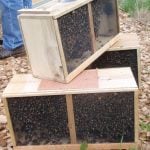
Canadian beekeepers call for regulatory accountability
Some groups in the sector are frustrated with the Canadian Food Inspection Agency’s ban on U.S. packaged bees
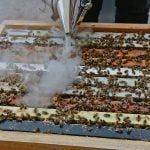
‘Comprehensive, fair’: Regulators double down on honeybee review
Beekeepers are looking for extra stock to make up for bad winter survival; desirable sources of those imports has been a matter of hot debate

Tougher antibiotic rules linked to bee death rise
Canada tightened farmer access to livestock antibiotics, honeybees included, in 2018; new research suggests that beekeepers may be losing more bees because of it

Local Manitoba honey deserves more buzz
Manitoba’s beekeepers harvest high quality honey every year —Here are some tips and honey recipes that feature the sweet bounty
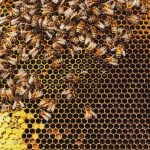
Deadlier than varroa, a new honey-bee parasite is spreading around the world
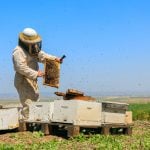
Deadline looming on expanded winter bee loss insurance
Manitoba is giving beekeepers a more generous winter loss insurance package this year following a string of poor bee survival years
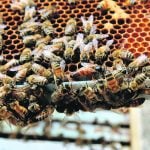
Manitoba updates bee mortality insurance for 2025
2025 will be the first year a beekeeper’s winter bee loss insurance will be based on all their overwintered hives, up from 90 per cent
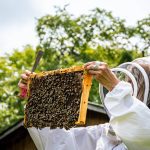
Beekeepers frustrated with denial on U.S. bulk bees
Federal agency says industry proposals on risk management not sufficient to let shipments in



